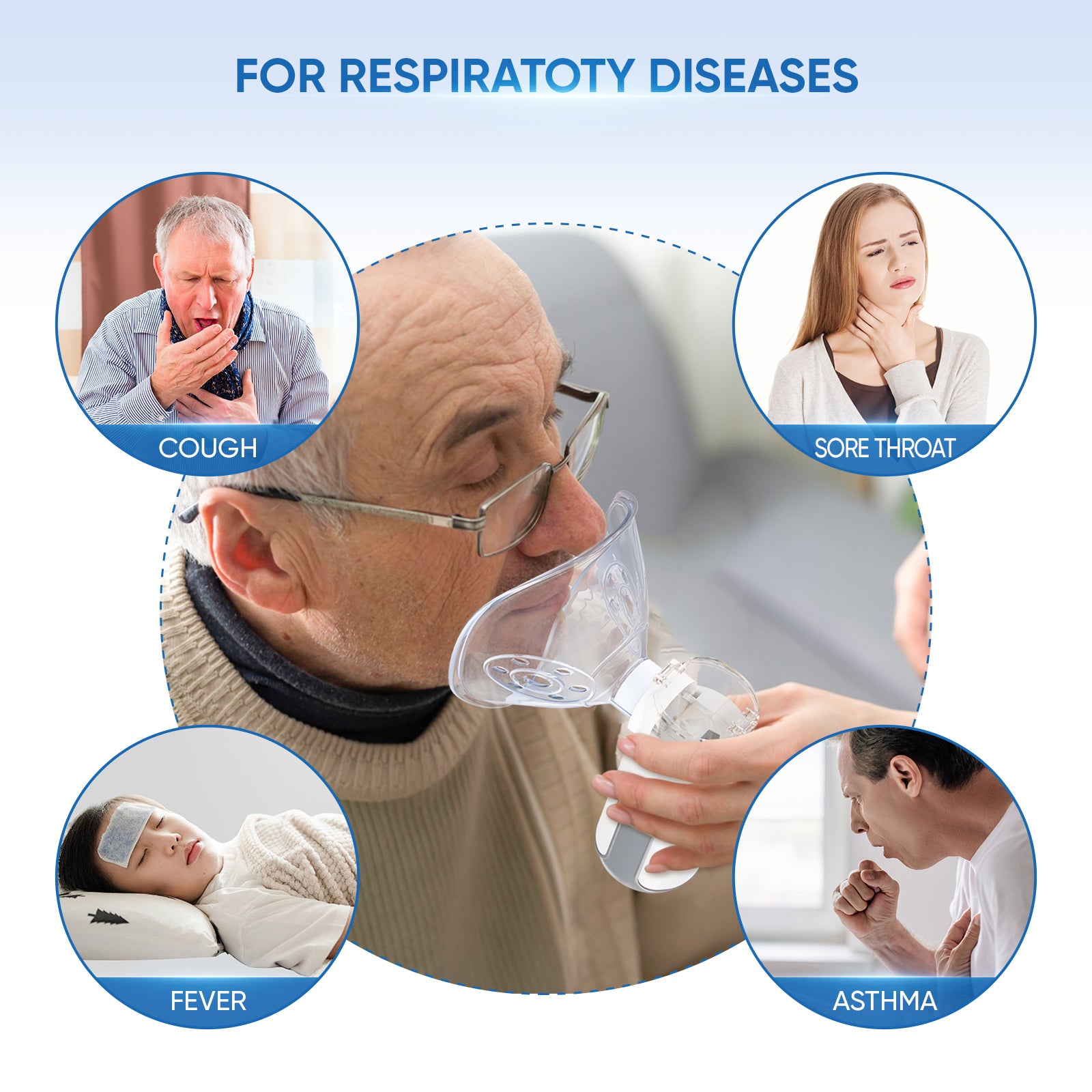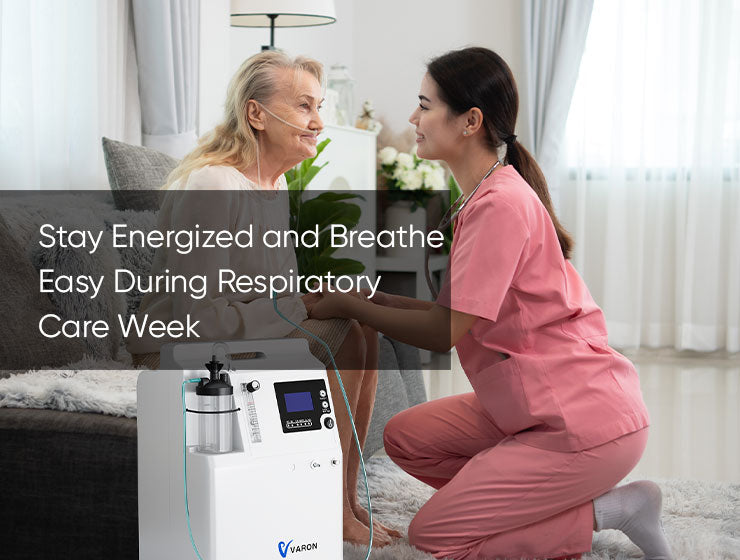Chronic obstructive pulmonary disease (COPD), is a kind of lung disease that makespatients difficult to breathe. It is typically caused by long-term exposure to lung irritants, like cigarette smoke or air pollution.
People with COPD usually have shortness of breath, wheezing and coughing.
If you have COPD and like to travel, you may already know that high altitudes can worsen COPD symptoms. At higher altitudes, your body needs to work harder to absorb the same amount of oxygen as the altitude near sea level.
This can make your lungs fatigue and make breathing more difficult. If you have COPD and other diseases such as high blood pressure, heart disease or diabetes, breathing at high altitudes can be particularly difficult.
Being exposed to high-altitude conditions for more than several days can also affect the heart and kidneys.
Depending on the severity of your COPD symptoms, you may need to supplement your breathing with oxygen at high elevations, particularly above 5,000 feet. This can help prevent oxygen deficiency.

What is high altitude?
The air at higher altitudes is colder, less dense, and contains fewer oxygen molecules. This means that you need to take more breaths in order to get the same amount of oxygen as you would at lower altitudes. The higher the elevation, the more difficult breathing becomes.What is altitude sickness?
Acute mountain sickness, also known as altitude sickness, can develop during the adjustment to the changes in air quality at higher elevations. It most often occurs at about 8,000 feet, or 2,438 meters, above sea level.
Altitude sickness can affect people without COPD, but it may be more severe in people who do have COPD or some other type of lung condition. People who are physically exerting themselves are also more likely to experience altitude sickness.
Altitude sickness can be mild to severe. Its early symptoms can include:
shortness of breath
dizziness
fatigue
lightheadedness
headache
nausea
vomiting
rapid pulse or heartbeat

When people with altitude sickness remain at a higher altitude, the symptoms become more severe and further affect the lungs, heart and nervous system. When this happens, the symptoms may include:
confusion
congestion
coughing
chest tightness
decreased consciousness
paleness or skin discoloration due to the lack of oxygen
Without supplemental oxygen, altitude sickness can lead to dangerous conditions, like high-altitude cerebral edema (HACE) or high-altitude pulmonary edema (HAPE).
HACE is caused when too much fluid builds up in the lungs, while HAPE can develop due to fluid buildup or swelling in the brain.
People with COPD should always bring supplemental oxygen with them during long airplane flights and trips to the mountains. This can help prevent altitude sickness from developing and keep COPD symptoms from becoming more severe.
Before you travel, it’s important to meet with your doctor to discuss how your trip may impact your COPD symptoms. Your doctor can further explain altitude sickness, how it might affect your breathing, and how you can be better prepared.
Before you travel, it’s important to take additional medications or to bring supplemental oxygen with you during your travels.




















